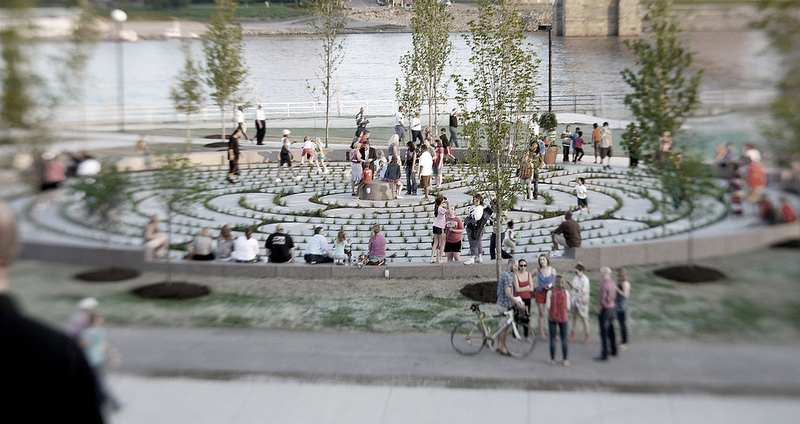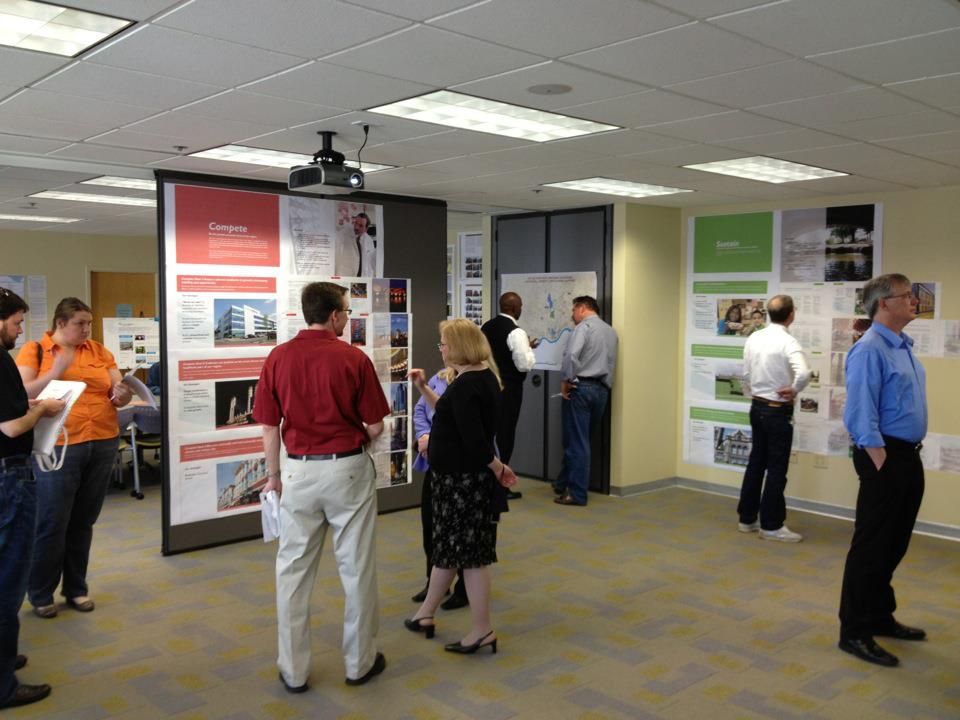If you have yet to visit the first phase of the Smale Riverfront Park, then you need to do yourself a favor and go visit the beautiful new park. From a personal perspective, out of all of the new developments along the central riverfront, the new park is by far the best product and is a true civic asset for Cincinnati.
In the latest video update from project manager Dave Prather, he takes viewers on a tour of the now completed features of the Smale Riverfront Park that are open to the public. Prather also gives some insight into the elements that are soon to come including the continuation of the tree grove, Women’s Committee Garden, Adventure Playground, construction of the river’s edge and the transient boat dock.
“We’re proceeding with design and grant application for the transient boat dock, which will be aligned with the Main Street Fountain,” Prather explained in the project video. “That grant application is due the end of July, and award will be announced around early March next year. So we’re planning on next May to present the completed portion of the tree grove and break ground on the boat dock.”
In addition to the boat dock, Prather says that plans call for construction to begin on the Vine Street Steps next May as well, and would complete the framing of the Roebling Suspension Bridge.
One of the attractions of the first phase of the park is the new Cincinnati Bike Center which is now open to bicycle commuters 24 hours a day, and boasts a retail shop that includes merchandise and allows for people to rent various types of bicycles and Segways.
Reports from various media outlets and first-hand accounts highlight the immediate popularity of the park. One problem, according to Prather, has been that visitors want to play in the dramatic water curtain along Mehring Way which was not designed for interaction.
The early summer project update is nearly 13 minutes in length, and is the first video of the series to highlight a finished product.







